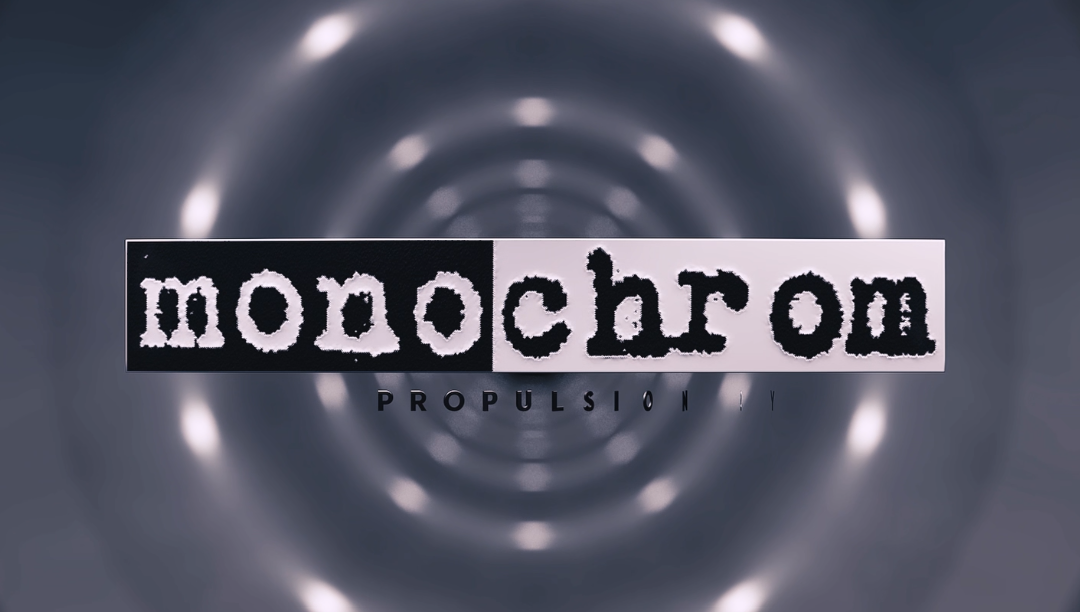
I recently heard of an interesting-sounding film for which the filmmaker couldn’t get distribution, so he is hosting it on the Internet Archive. I’m a hacker and a fan of the Archive, and I used to live and work on the Navajo Nation, so I was intrigued.
Indeed, the whole film is there and is pretty simple to access except:
- I wanted to watch the film with HA on our ceiling-mounted television, not on my laptop screen.
- I’m over 2,000 miles away from the Archive’s San Francisco headquarters.
We have an Apple TV set-top box on our television, so that seemed like the best way to view it. Unfortunately, there’s no Apple-approved web browser on the Apple TV, so viewing a film hosted as a file at an arbitrary URL isn’t obviously supported. It’s Apple, you know, so it’s relatively difficult to do things that they don’t want you to do, and they really want you to subscribe to a host of streaming services (starting, I imagine, with the confusingly-named Apple TV — in addition to the set-top box and streaming service, there’s also an official Apple app called, you guessed it, “Apple TV”).
The solution I found was to install the VLC media player app on the Apple TV. If you don’t know VLC, you should check it out. It seems to play almost any video format, including dead, ancient ones (anyone remember RealPlayer?) and it runs on a variety of platforms (including Windows, Android, iOS, tvOS, macOS, and Linux). Once VLC is installed, you can play any video file that’s hosted on a web server just by entering its URL.
That worked, except for the second problem. Between the thousands of miles of distance and the vagaries of my ISP and the limited resources of the very-popular Internet Archive, along with my desire to see the film in high-resolution with stereo sound, the playback was jittery with frequent pauses for buffering. As a result, I still haven’t seen the film.
When I lived on the mainland, I had my own server farm with dozens of servers in the next room. I have a handful of servers here, but none has a web host — my web hosting is now through a cloud server at Hetzner, even more thousands of miles farther away than the Archive. Still, I tried putting the file on one of those servers and it still wasn’t quite good enough to watch. I probably could have compressed the file to a format like webm, which is scary efficient and could well have solved the problem. It can be done with VLC, too, though it’s a bit involved. I knew, however, that it would take a long time and I wouldn’t know in advance what the quality would be like. I wanted to preserve the filmmaker’s vision. It’s worth noting here that streaming services absolutely would not work without employing aggressive compression.
Instead, I realized that any of the machines I have running linux and connected to the internet could easily serve the whole file locally at multi-gigabit speeds. For privacy reasons, I’m a bit loathe to open a web server on my laptop. Instead, I opted to move the movie to a small machine that’s on my network at local address 192.168.200.57:
scp '/home/twoprops/Desktop/Hacking at Leaves Release Version Stereo Mix 2025.mp4' twoprops@192.168.200.57:/home/twoprops/movieserver/hal.mp4
Then I could open a shell on 192.168.200.57 and start a quickie web server there:
cd movieserver
python3 -m http.server 8080
That’s it! A whole web server in a single command!
Then launch VLC on the Apple TV and play the film using this URL: http://192.168.200.57:8080/hal.mp4
I’m looking forward to enjoying the full-resolution film, jitter-free, this evening.
—2p
Note that this should work with almost any movie in almost any format, whether ripped from your personal DVDs or obtained from a friend or downloaded with BitTorrent from a legal web site (in other words, not this one).
addendum 2025-10-23T11:01-10:00
The film played beautifully. I enjoyed it, but then it was close to home:
- I produced PPE with my 3-D printers during covid lockdown; a similar operation was the the genesis of the film.
- As someone who lived (briefly, alas) in the Navajo Nation and worked as a physician there, many of the locales and stories were quite familiar to me and it was nostalgic to see them on film.
- I’ve been connected with hacker spaces in various capacities since the 1990’s.
I’m not sure it would resonate with someone less involved, but it was a well-made doc with some good historical interpretation and it’s free, so I would recommend it.